Analysis of Customer Relationship Management (CRM) Systems
VerifiedAdded on 2021/04/16
|11
|612
|26
Report
AI Summary
This report provides a comprehensive analysis of Customer Relationship Management (CRM) systems, exploring their conceptual framework, benefits, and challenges. It examines the role of CRM in enhancing customer relationships and improving business performance, focusing on the implementation across various business sizes, including large, medium, and small enterprises. The report highlights the different types of CRM, such as operational, analytical, and collaborative CRM, and discusses the associated costs, including direct and indirect costs, along with the value of long-term customer relationships. Furthermore, it addresses the causes of CRM failures, current trends, and concludes with the significance of CRM as a business strategy for increasing profitability and customer loyalty. The report also includes references to relevant academic literature.
1 out of 11
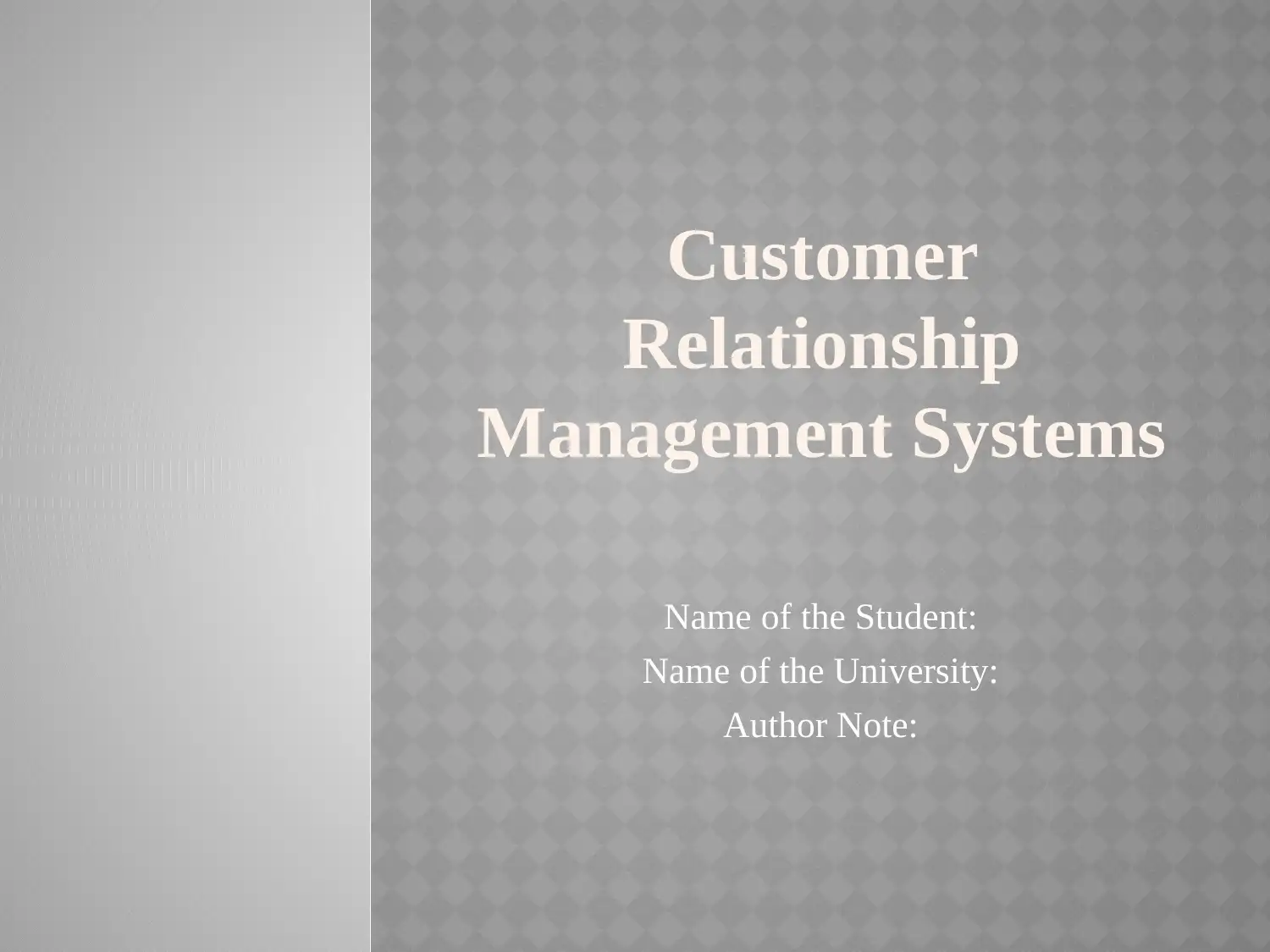
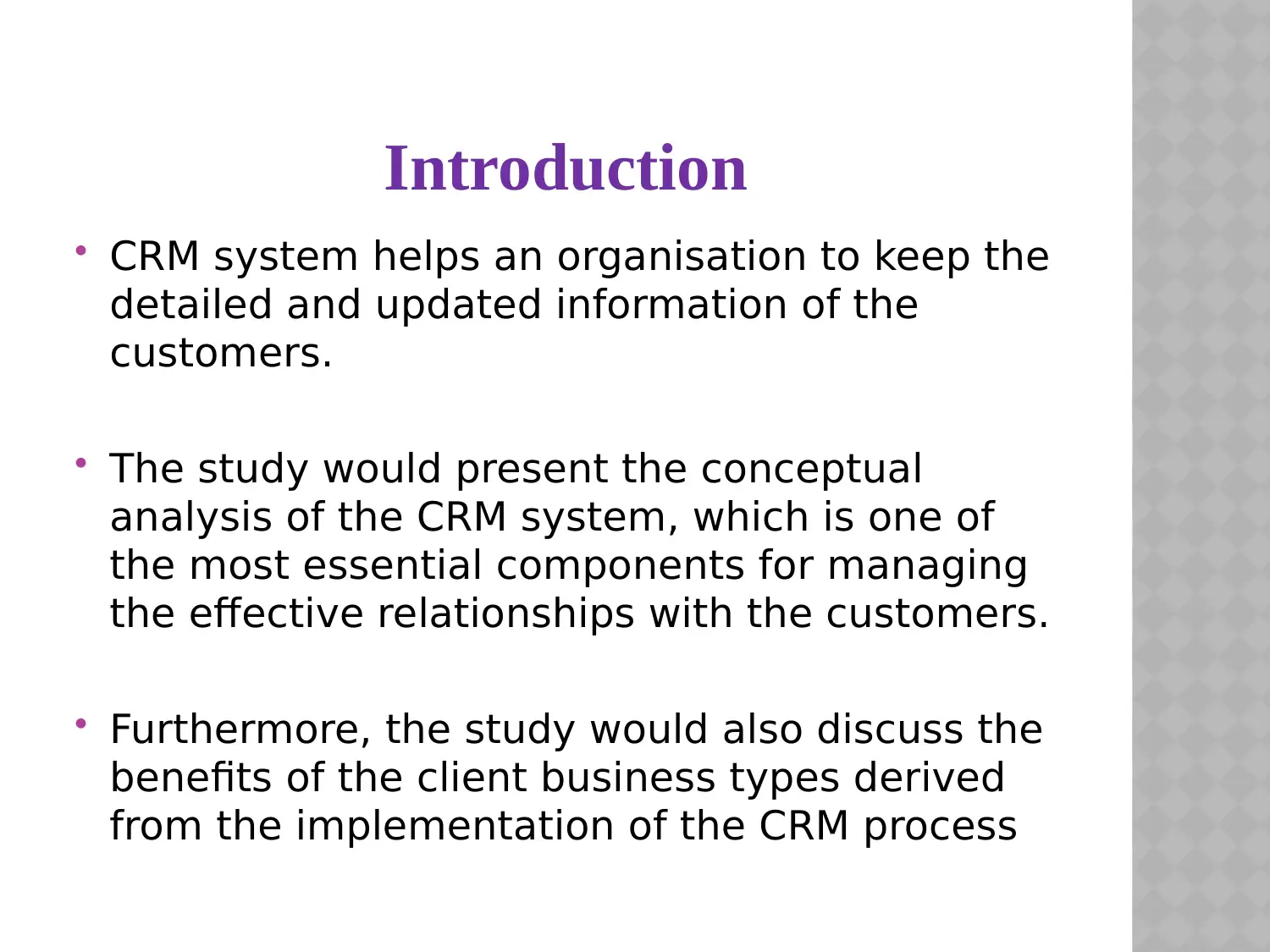
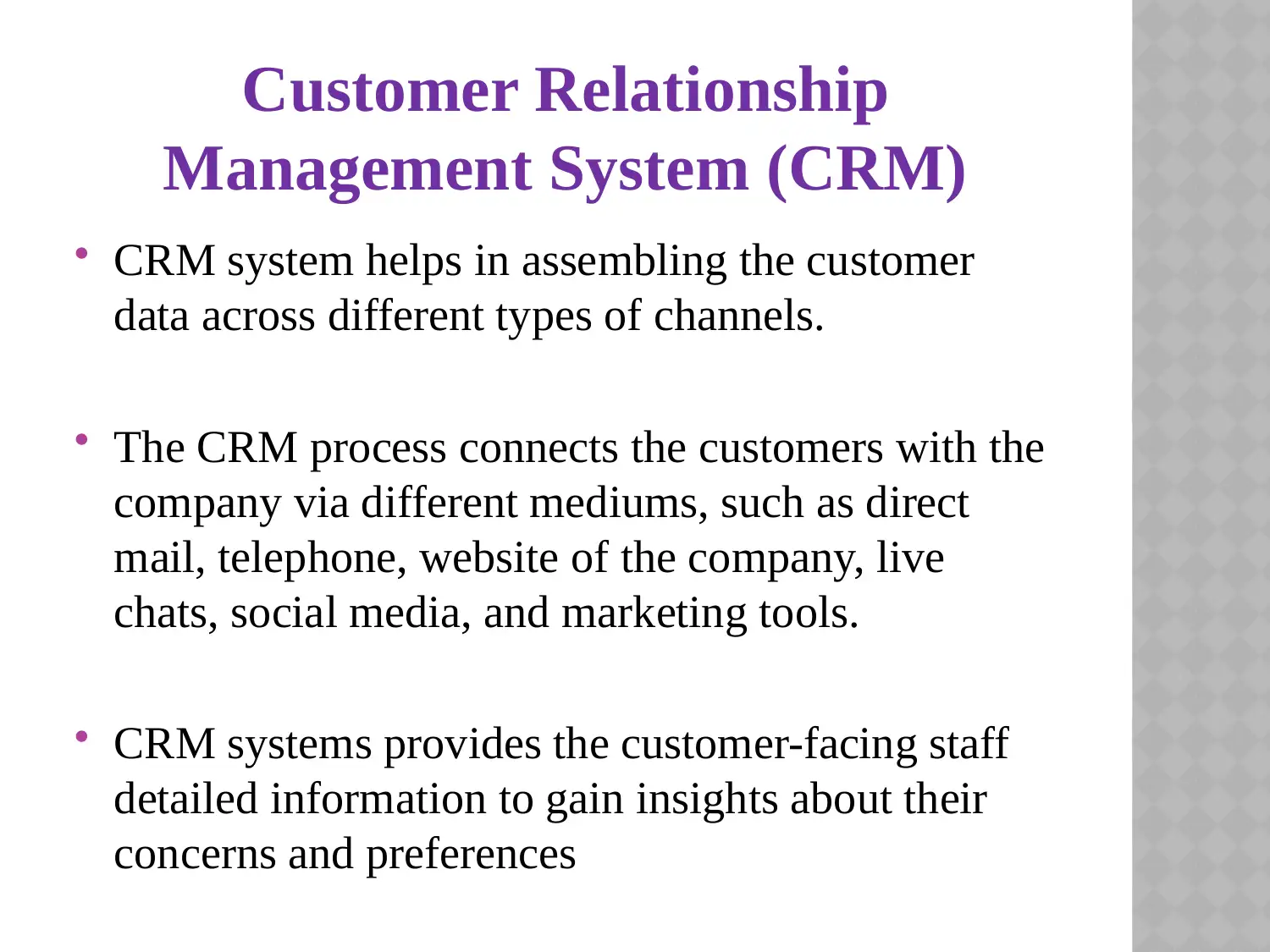

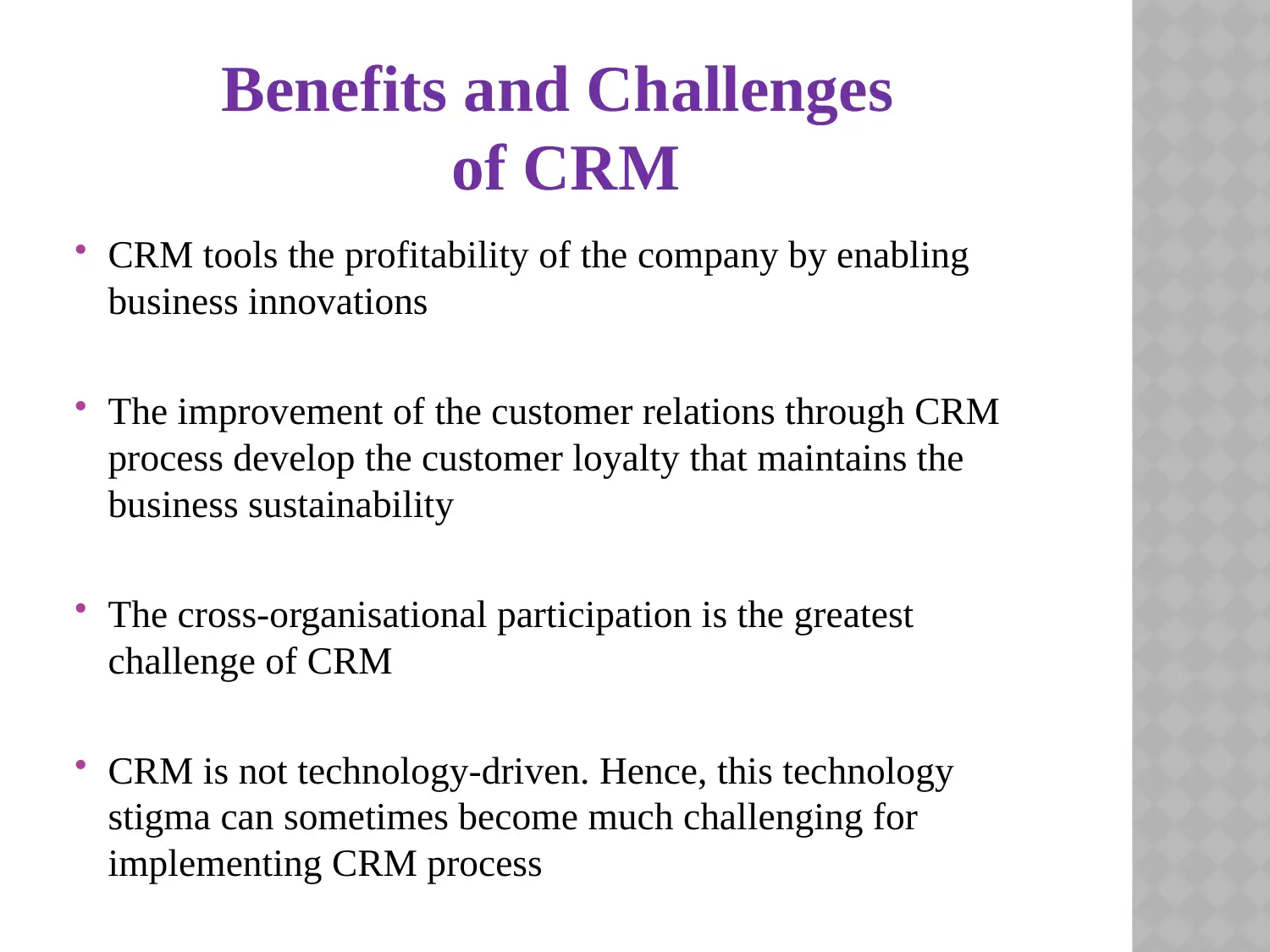
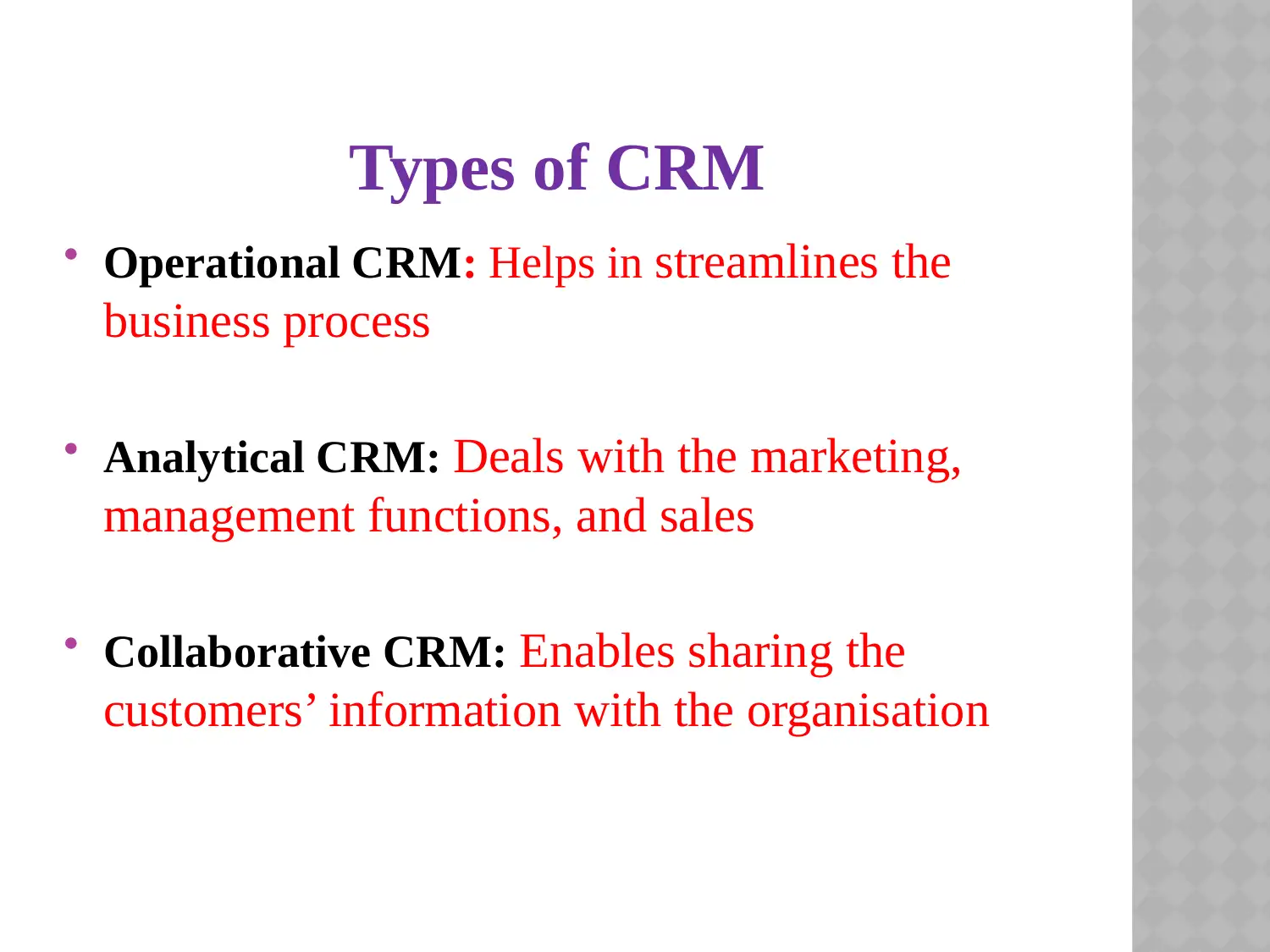
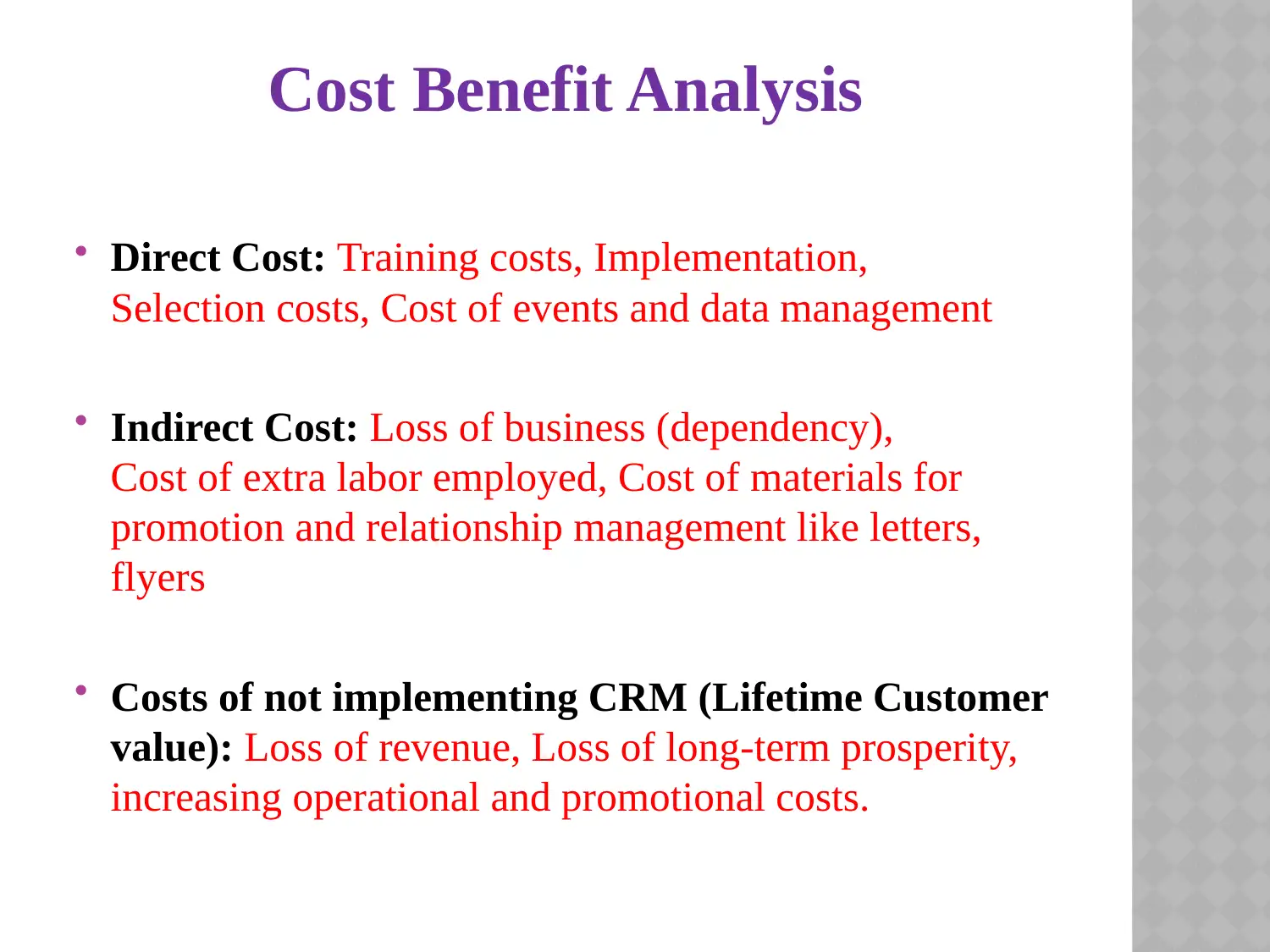
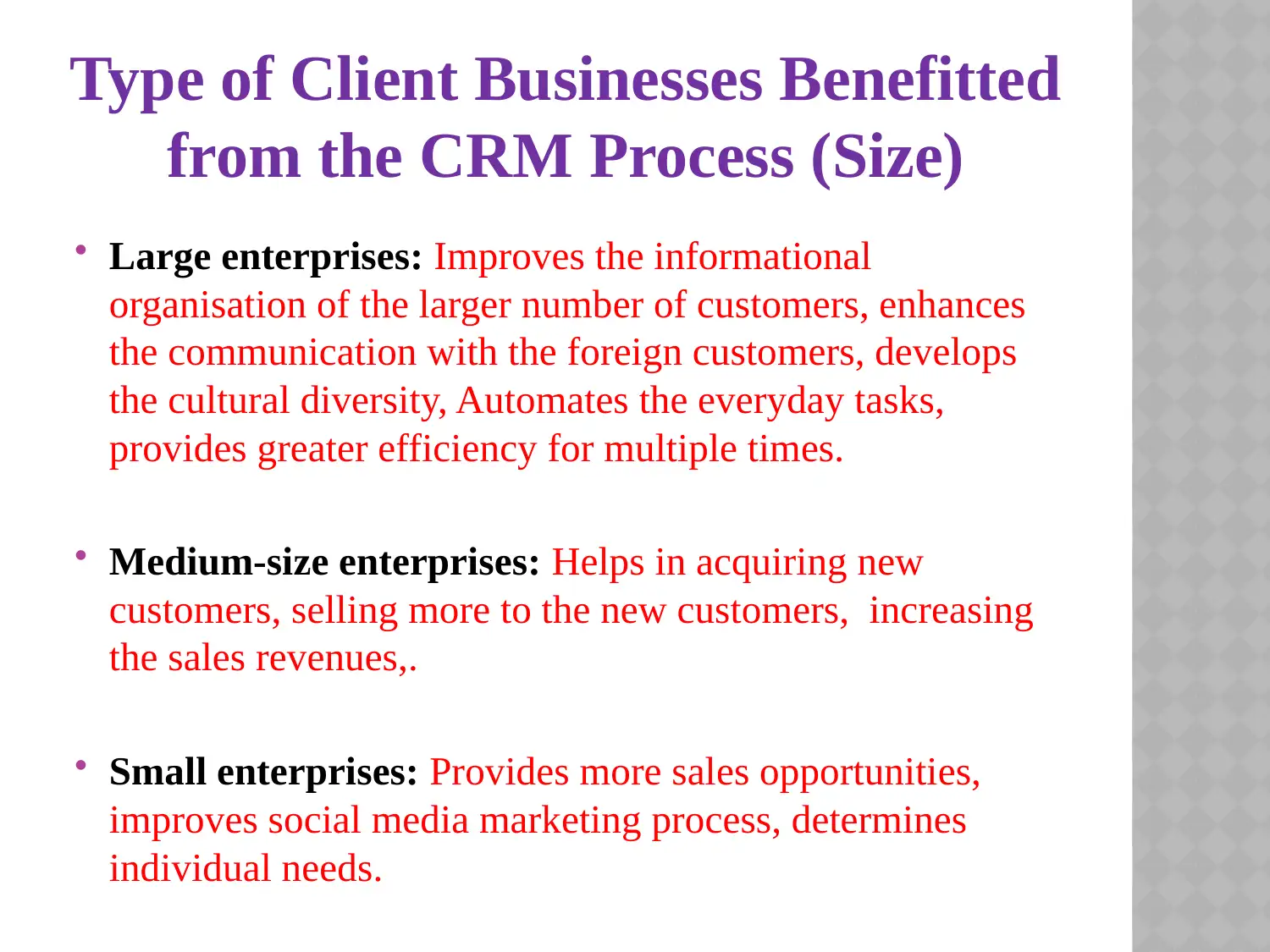
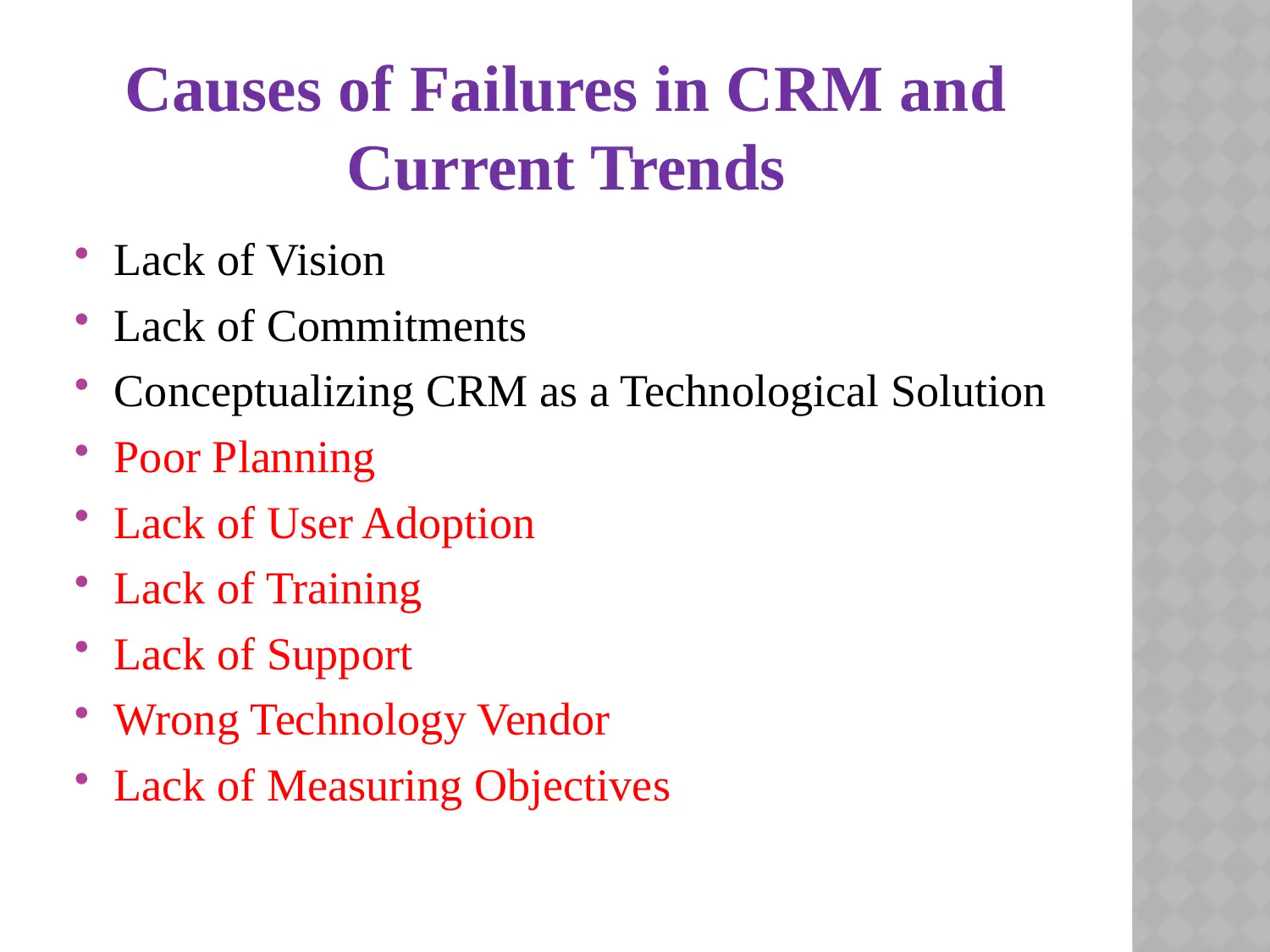
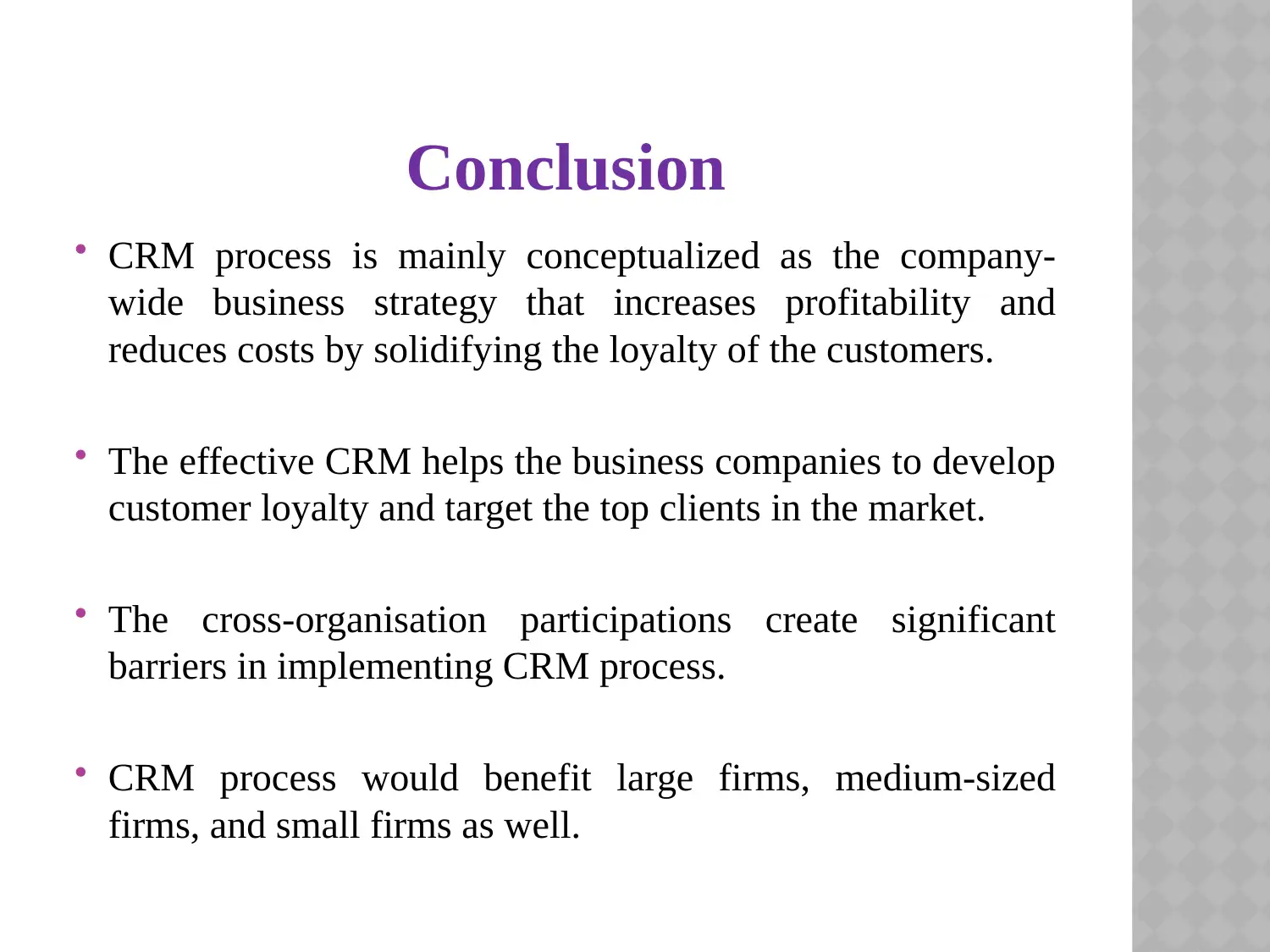
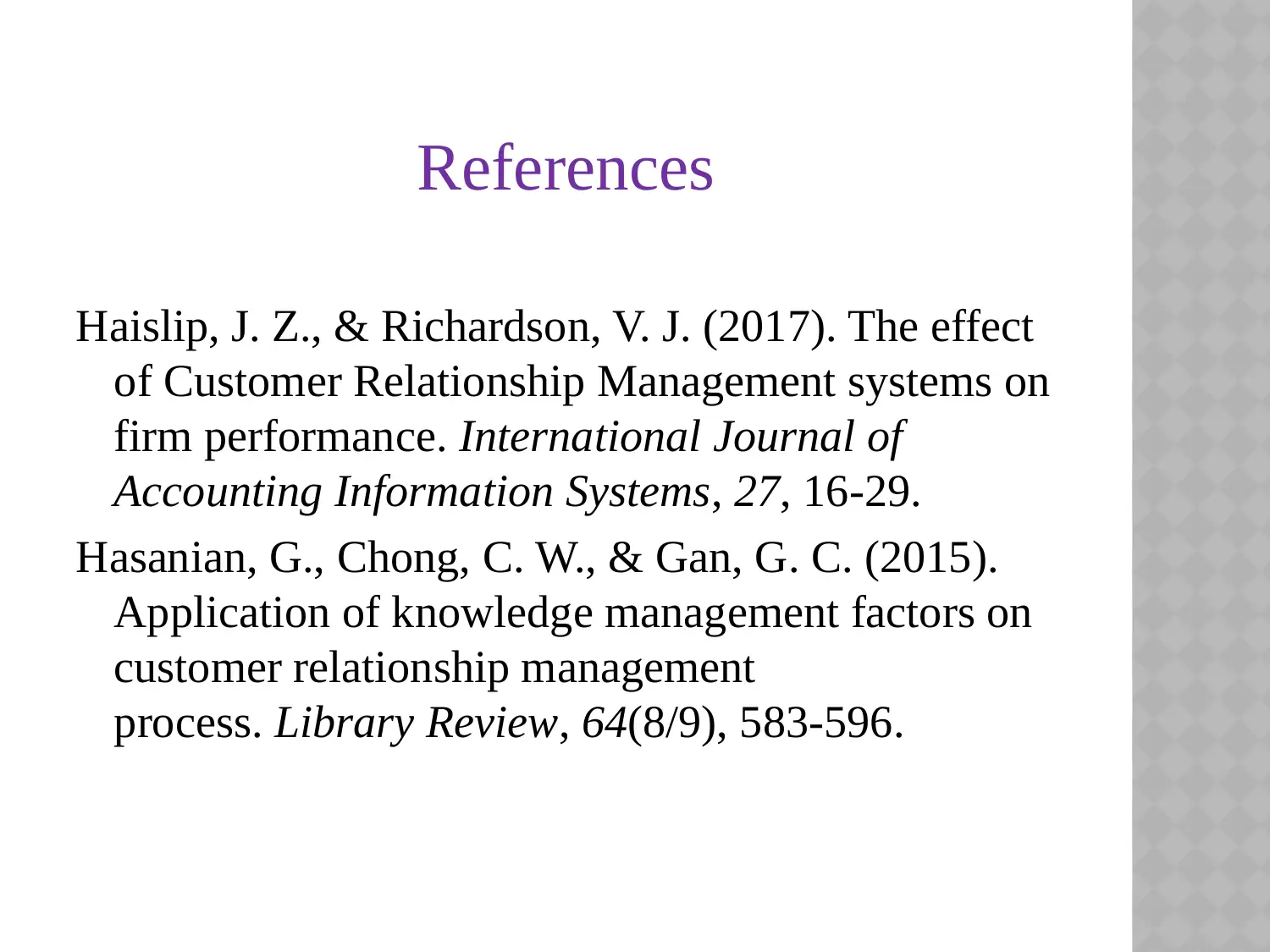






![[object Object]](/_next/static/media/star-bottom.7253800d.svg)